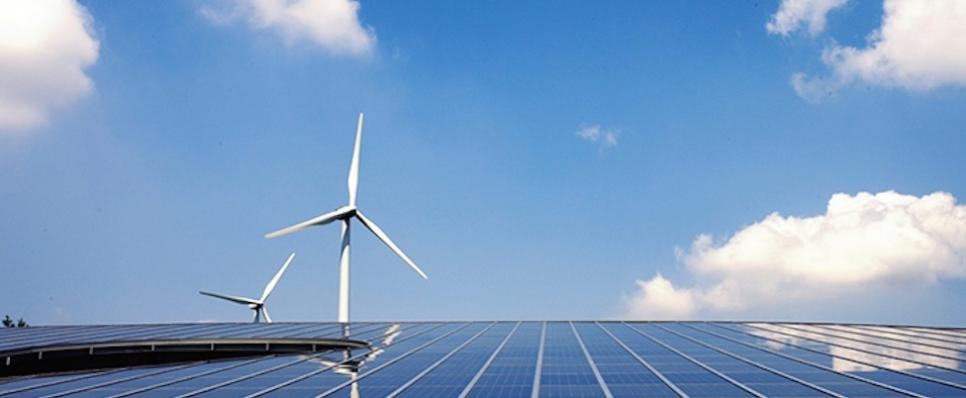Published: 09 Feb 2018
Gold’s role in clean energy

Nano technology may impact demand for gold in the mid-to long term as gold’s role is growing in solar energy technologies. Gold has long been associated with glazing and glassware; since the 1960’s, gold has been used as a thin coating on glazing to improve energy efficiency in buildings.
Its excellent infra-red shielding capability helps to prevent over-heating in buildings with a large glazing footprint, thus lowering energy costs. Famously the Royal Bank Plaza building in Toronto has 14,000 windows, all of which are coated in a layer of pure gold for this very reason.
The link between solar applications and gold has strengthen in recent years. Gold nanoparticles have been incorporated into a variety of solar cells to harvest more of the sun’s energy and convert it into electricity. Perovskite solar cells, widely seen as one of the most promising new solar cell technologies, use gold electrodes. Whilst these cells currently don’t have the longevity of traditional silicon-based technologies, progress is being made towards their industrialisation.
The solar industry could potentially mirror the electronics industry with respect to gold demand and usage. It is feasible that a solar technology using gold, either in nanoparticle or coating form, could go on to achieve mass-adoption. This would lead to small quantities of gold being incorporated into vast numbers of separate solar modules, generating significant demand for gold.
Gold-containing solar cells may one day power buildings.











